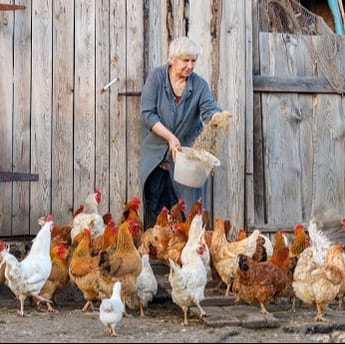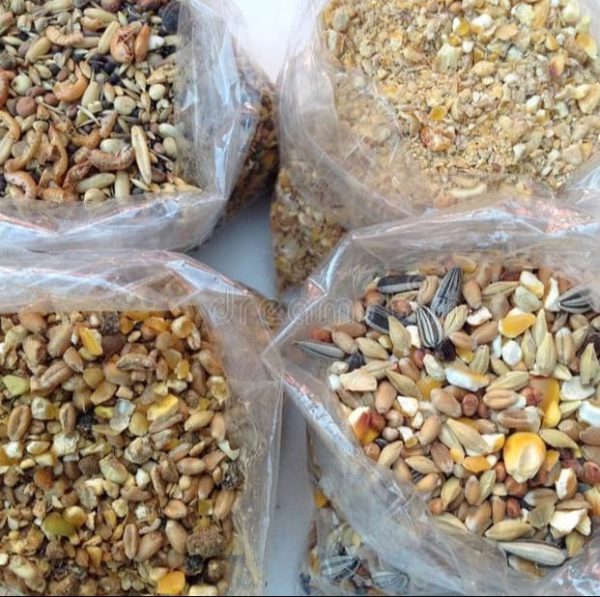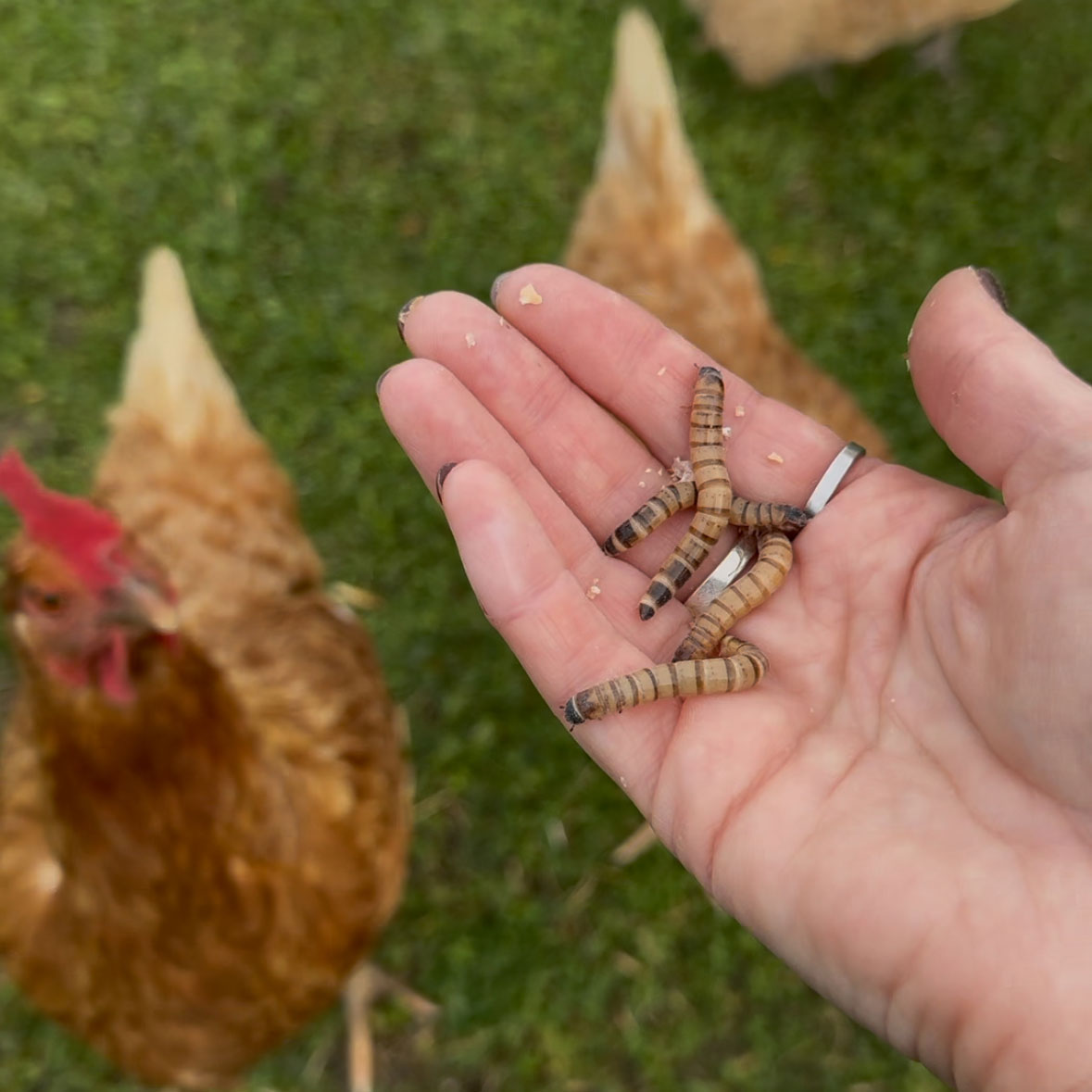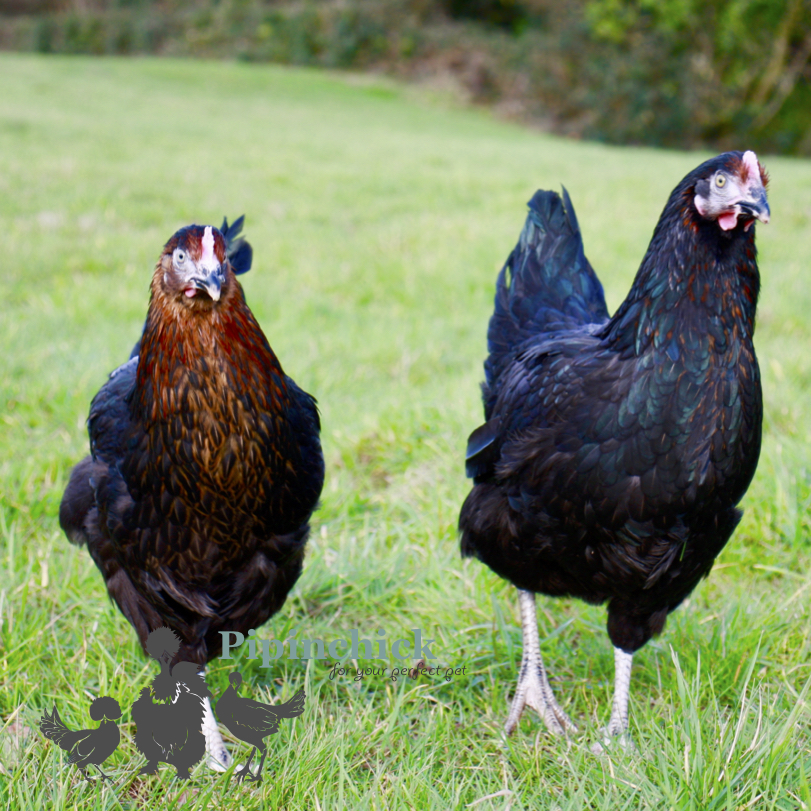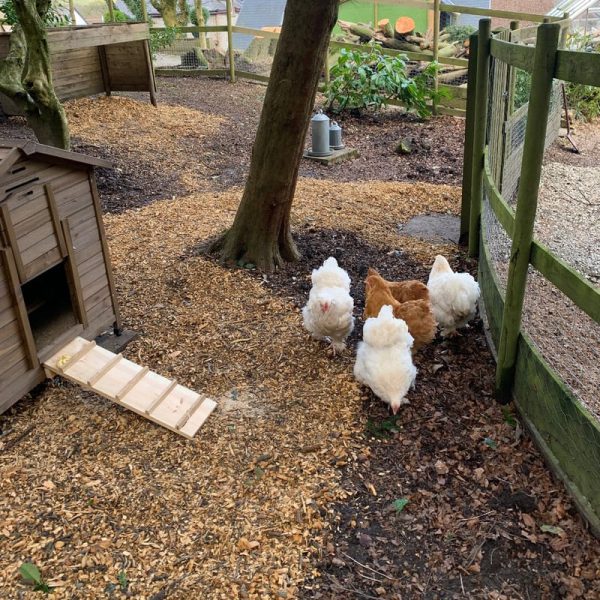


What Do I Need To Keep Chickens?
What Do I Need As A First Time Chicken Keeper?
Thinking of keeping chickens? Not sure what you'll need? Pipinchick have put together an essential check list for the first time chicken keeper.
How Much Space Do My Chickens Need?
If you want to keep chickens the first thing you need to think about is how much space you have. Most of the pet chickens available from Pipinchick need little room and are well suited to a back garden or small paddock. If you want to keep Hybrids then you will need a larger area as they will ruin your garden and create quite a bit of mess, especially through the winter. With Pipinchick’s birds you will need less room and can keep your chickens in a back garden and smaller space, we recommend about 1.5 mtrs square per bird.
Once you have decided how much space you can spare for your chickens you will need to create a run, (your house should be inside this secure area). If you have flightless birds such as Cochins, Silkies or any Fizzle Feather Bantams a 2ft high fence will keep them enclosed. If you choose birds that can fly you will need a 6ft high fence. Make sure you dig your fence wire down into the ground by about 2ft, this will make it difficult for the fox to get in under your wire. We recommend a small gauge wire and double layer if you can, foxy loxy can’t get his paws and snout through a small gauge, if the gauge is larger than 2.5cm he will be able to rip it open.
You can have a grassy run, however, chicken do like to scratch about so we recommend an area within your run that is laid to gravel or bark to allow them to scratch the ground which is a natural behaviour and makes them happy, it will also mean their nails won’t get too long as scratching in the bark or gravel will keep them short.
If you can create a covered section of your run, most delicate bantams don’t really like to be wet and having a dry area will also help with any mud or mess during the winter months.
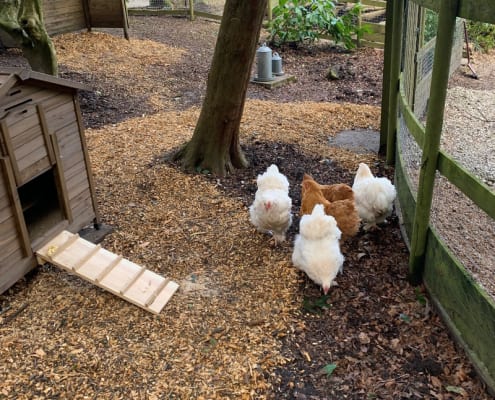
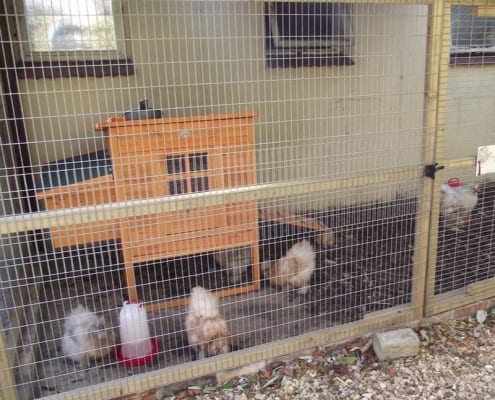
What Is The Best House For My Chickens?
Housing is very much dependent on what kind of birds you want and how many. Bantams require little room so you would not need a very large house, Cochin and Brahma will need a slightly bigger house and opening. We recommend a starter house that can hold up to 5 or 6 bantams, these are usually about 1.5 – 2 mtrs squared. The house space is less important than the outdoor space as the birds will mainly use this for laying and sleeping. They snuggle up together at night and you’d be surprised how little space they take up when sleeping. If you have flightless birds do not get a house with a ladder as they won’t know how to use it properly and will become stressed if they cannot get in and out easily.
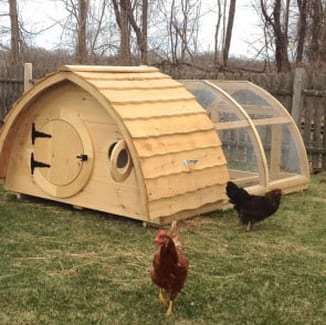
If you have birds that can fly then an Eglu “Go Up” or a wooden house with a ladder is ideal, they will also prefer to roost at night so make sure there are perches inside. This is less important for flightless birds as they will sleep together on the floor of the house. Plastic houses are good because they are easier to clean and keep on top of mites and bugs. Wooden houses are lovely to look at but can be difficult to keep clean. Mites live in wood so with wooden houses if you do not keep a strict cleaning and disinfecting routine can cause problems. Make sure which ever house you choose there is a separate area within for your hens to lay their eggs, this should be off the main sleeping or roosting area.
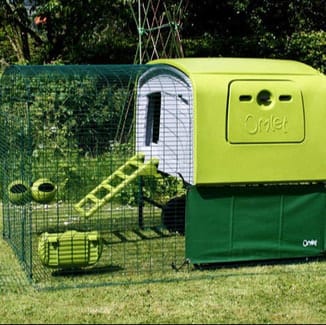
How Do I Keep My Chicken Run And House Clean?
We recommend a deep clean of your houses every 2-3 months. We use a disinfectant called Virkon, it kills everything! You can buy this in one dose sachets from most agriculture centres or farm shops. It is diluted in a 5ltr garden sprayer.
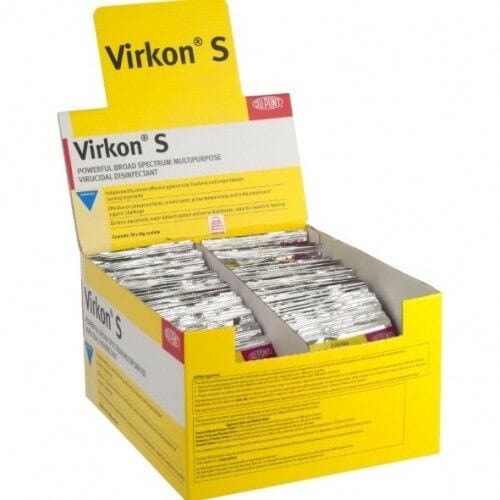
Remove your birds and take out all their litter and then clean the house with washing up liquid in warm water. Once you’ve done this spray the entire house and run inside and out with the Virkon solution. Leave for 24 hours then you can put fresh litter and your birds back in.
Always use a face mask and rubber gloves when spraying disinfectant.
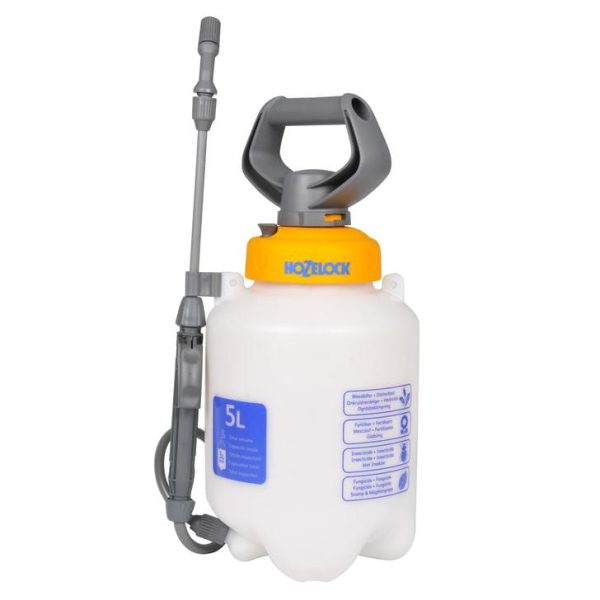
What Chicken Litter and Bedding Should I Use?
We recommend using sawdust or wood shavings only! Straw can contain mites and bugs and you could be bringing in unwanted guests to your clean and disinfected chicken coop. Sawdust and shavings are heat sealed and then vacuum packed which kills any bugs and nasties.
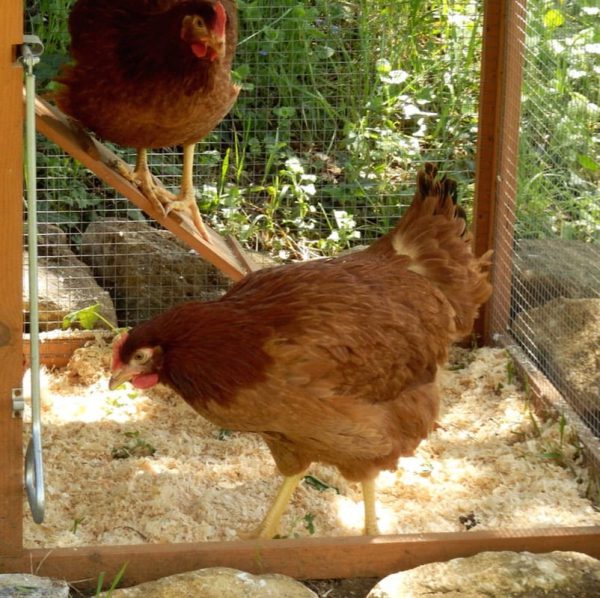
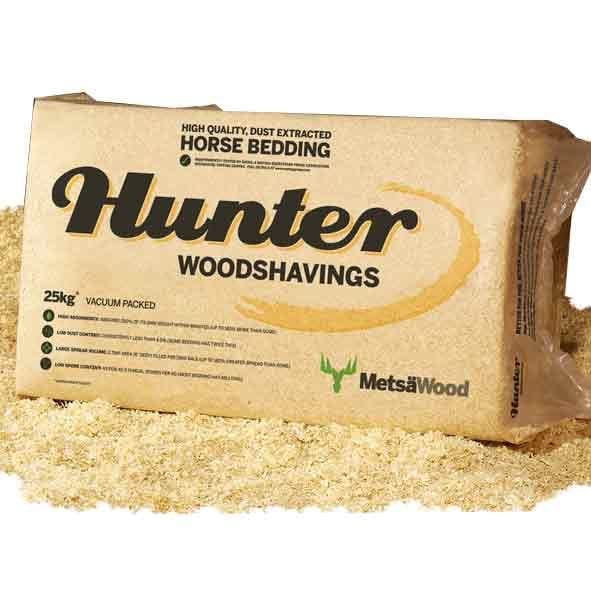
What Chicken Feeders and Drinkers Do I Need?
You will need a drinker and a feeder, which type you get is up to you. We prefer galvanised drinkers and feeders as opposed to plastic, this is because they last longer and look nicer but this really is up to you. Plastic drinkers and feeders can become brittle and break over time.
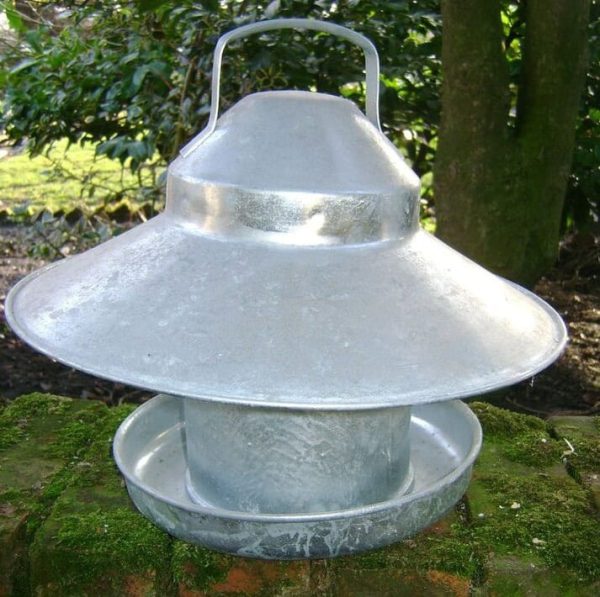
There are many different brands but we like the Eton galvanised range, they are a little more expensive, but look good and will last longer. They come in many sizes and colours so follow the guidelines for how many birds you have to which size you get. Remember where there are chickens there are usually rats, it’s a sad fact of chicken keeping. You can minimise this by not over filling your feeders and raising them off the ground.
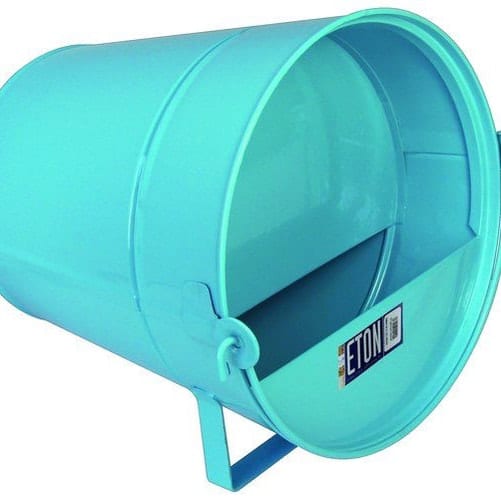
Can I Give My Chickens Multi Vitamins and Tonics?
We strongly recommend that you use a multi vitamin for your pet poultry, this should contain B12 vitamin. You can buy tonics and multi vitamins from most pet shops nowadays, or you can always go to a farm shop or even buy online. They are very easy to buy and well worth doing! Delicate bantams will need this bi-weekly in their water and then constantly through the winter months.
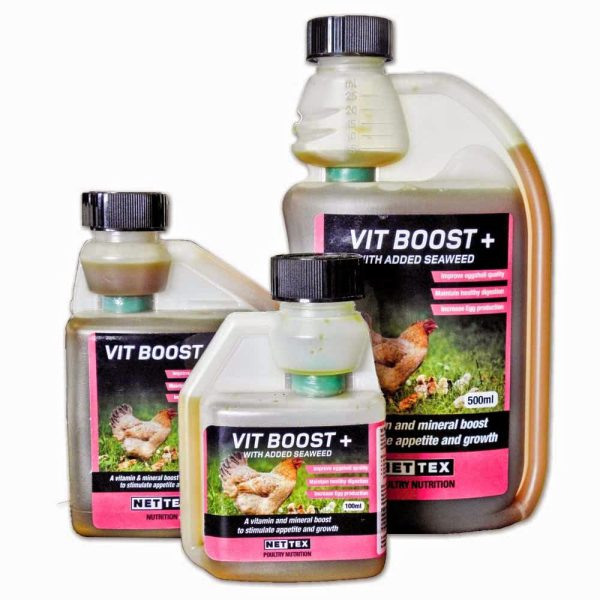
It will help boost their immune system and keep them strong and healthy. You can also give Apple Cider Vinegar as well. We use a farming brand of tonic with B12, this is only sold in large quantities, but have a look at what is available for the back-garden chicken keeper, there are lots of options available online or in stores.
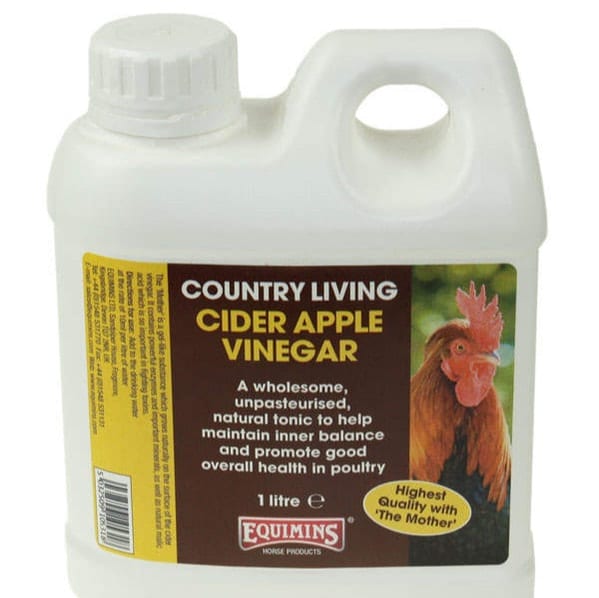
What Feed Should I Give My Chickens?
Again, this is down to personal choice. We use Fancy Feed as they are a well-known brand for poultry rearers and their quality of feed is good. You can choose any brand you like, even organic if you prefer. The type of feed depends on their ages.
0 – 4/5 weeks use a good quality chick crumb or mash.
4/5 weeks – point of lay (POL) use a good quality rearer or growers pellets.
POL onwards – layers pellets, you can mix some dried corn, seeds and grain into their feed as well.
You can give treats once they are fully grown and on layers pellets, introduce treats carefully as too many can cause diarrhoea.
(for more information on how to introduce treats and new feed please see our FAQ page)
Your Chicken's diet should be made up of 80-90% pellet feed and then you can offer corn and treats as well.
